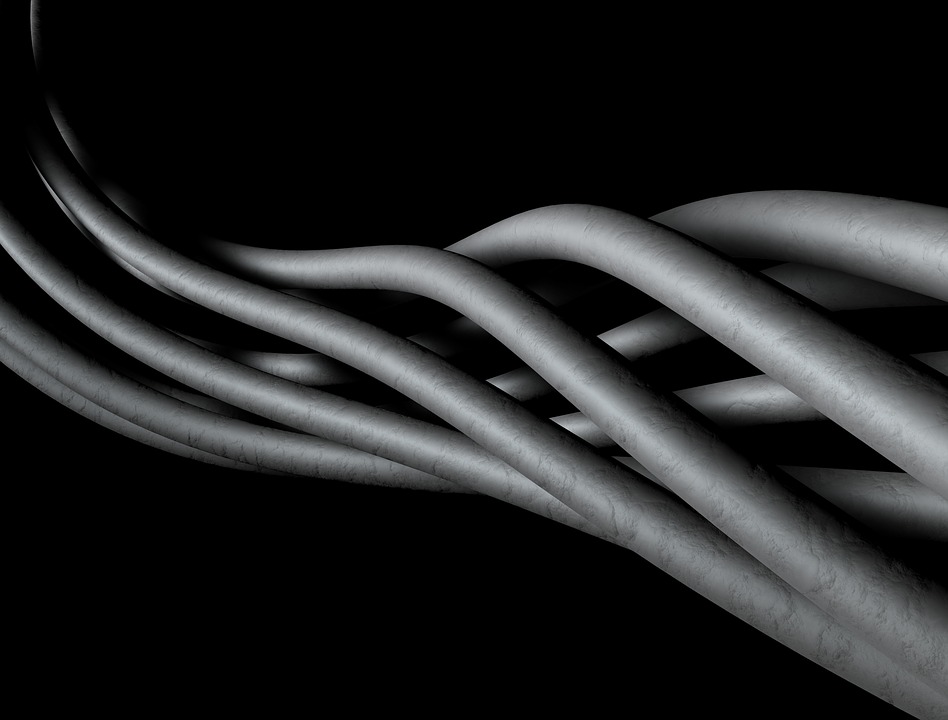
The telecom company has taken a step forward by replacing these copper exchanges with fibre optic lines, helping to position Spain as the European country with the largest fibre network
On 20 August, Telefónica announced a new milestone in its digitalisation plan and environmental commitment by switching off 1,000 copper exchanges and replacing them with the most efficient state-of-the-art fibre optic lines, resulting in an improvement for the firm’s service network. In addition, the company led by José María Álvarez-Pallete has announced in a press release that shutting down this type of exchange has meant energy savings of more than 1,000 GWh, due to the fact that the fibre optic switchboards take up only 15% of the space previously occupied by the copper exchanges and allow a fourfold increase in the number of accesses. This has given a boost to the environmental goals of the Spanish company —which aims for zero net CO2 emissions by 2025— as it announces a reduction of 355,000 tonnes in CO2 emissions, equivalent to planting six million trees.
The aim of this transformation plan is to complete fibre coverage with a fully digital network and to encourage all customers to switch to fibre and so improve their experience with services and put them in the best position for the digital future, as well as to consolidate Telefónica’s environmental goals. Since the start of its shutdown plan, Telefónica has dismantled 65,000 tonnes of cable; recycled 7,140 tonnes of WEEE (waste electrical and electronic equipment) and other items; and reused more than 128,000 cards in its network.
According to Pablo Ledesma, Director of Operations at Telefónica España, this digitalisation of the network “has gone a long way to making Spain the European country with the most fibre optics, performing its activity in line with the needs arising from new services and the new generation of 5G mobile telephony”.
What is the technology that brings the Internet into your home?
Throughout the world there are more than 4.3 billion Internet users, more than half the world’s population, but do we know how it works? Take a look at the video to find out.


